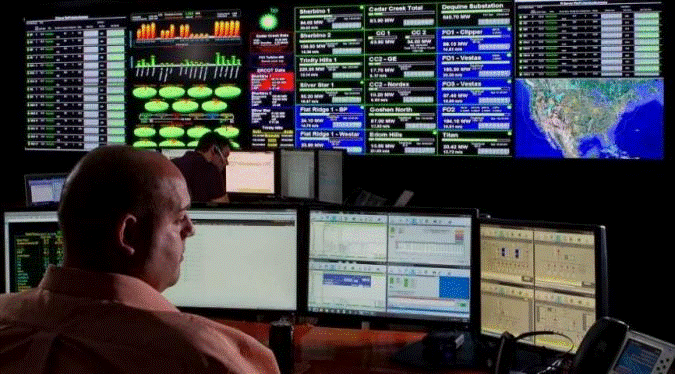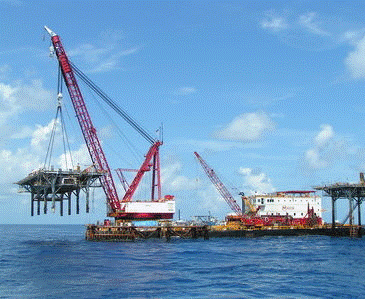

With the slow, but steady recovery in oil prices and increasing investments in alternative renewable energy sources, oil and gas companies need to innovate to stay competitive. New digital technologies to support smart drilling and blockchain distributed databases could help the global oil & gas industry evolve into a seamless, inter-operable connected environment. This is digital disruption at its best!
With the drilling projects undergoing energy efficiency and environmental regulations, the key is to ensure that design, analysis, equipment selection and implementation are aligned. By combining connected intelligence and predictive analytics, ‘smart drilling’ promises to give projects the solid establishment needed to keep the industry running for decades to come. Top-drive automation, real-time data acquisition, and future well development and drilling optimization through connected devices can drive the market for certain future growth.
The blockchain revolution is starting for the oil and gas industry now, and the real task is how quickly it can move to take advantage of the available opportunities. For oil and gas operations, data is proving to be the “New Oil”, and blockchain has enormous potential to help handle the huge loads of data, reducing the risk of error, and invalid transactions in energy trading to make financial transactions more efficient and enabling interoperability.

From planning predictive equipment maintenance to managing financial energy trading records, blockchain offers a single, unalterable record of transactions and documentation between multiple parties. Blockchain technology and digital twins are proving to be beneficial in detecting early signs of equipment failure or degradation, planning and implementing corrective maintenance actions before failure occurs and often at much lower cost, modelling drilling and extractions to determine whether virtual equipment designs are feasible, and gathering real-time data feeds from sensors in an operational asset to know the exact condition, no matter where it is located.
Improving productivity, optimizing cost, as well as dynamic remote asset monitoring at the same time is only possible by deploying ‘smart oilfield’ technology to provide all critical data in real time on a nonstop basis (no downtime). From a technology viewpoint, the ideal solution needs to seamlessly connect all systems and hardware platforms across operations of exploration, drilling, and production facilities, and ultimately delivering useful data to Real-time Operation Centers (RTOC), allowing the operators to make better and quicker decisions.

One of the biggest challenges for the oil and gas companies is the decommissioning cost of outdated and inefficient rigs around the world. With more than 500 ageing rigs required to be decommissioned by 2022, oil companies need to come up with eco-friendly, regulatory-compliant ways to decommission the rigs. The problem is that predicting and addressing the environmental impacts of various decommissioning methods is complex. Competing interests and trade-offs need to be considered with circumstances varying from project to project. For example, the most carbon-neutral option in one instance might be unacceptable from a health and safety perspective.

The O&G industry has long been defined by the legacy systems of conventional technologies that help it function. However, as digitalization continues to transform this sector, organizations are looking for common technologies that can help them balance requirements for uptime, security, and safety with the need to take advantage of digital innovation. Digital transformation does not require disruptive approach. Instead, organizations should view this as an opportunity to improve the functional capabilities of their facility and move to a new software environment, which extends the life of the traditional legacy systems.
Looking ahead, it appears that digital technologies will help the oil & gas industry unlock significant cost savings and efficiency improvements. This offers significant opportunities for technology users and suppliers alike.
ARC welcomes the opportunity to speak with technology suppliers and users alike about your activities, thoughts, perspectives and questions on this exciting area. For further discussion or to provide feedback on this, please contact the author Jyoti Prakash at jprakash@arcweb.com

